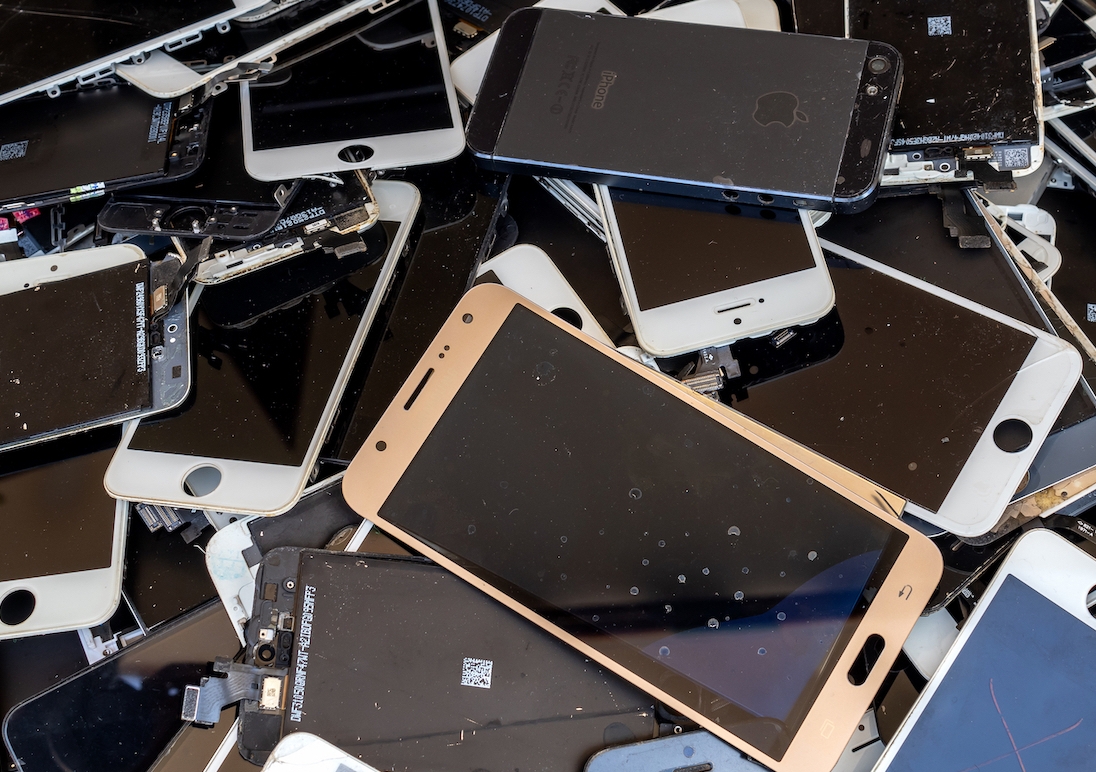
Do you feel that your electronic product does not last like before? What if I tell you that they are designed not to last long? Enter the planned obsolete concept.
The planned planned is a trick used by the company to turn you into a regular customer, with or without your knowledge. Old ideas planned are not new; This was first written in 1928 by American marketing pioneer Justus George Frederick.
He stated that it is necessary to encourage people to buy various items that are increasing, not to use them but to activate trade and throw them after a short time. Electronic producers and producers use older planned to increase consumerism in various ways.
As far as the hardware, the trick used by the company is to use inferior parts designed to reduce the life of the product to 2-3 years. Some products are inherently designed to make improvements difficult or even impossible, for example the use of glue that makes the opening of the case unable to live or use special screws that cannot be opened with the help of universal screw drivers.
In terms of software, the product is designed to lose functionality by excluding it from improving the software/ operation system. This makes your device physically functional, but does not support the programmed applications to be only compatible with the latest sets, forcing you to dispose of your fully functioning device.
The planned obsolete concept, which leads to an increase in electronic waste, is very dangerous today because electronics is the largest and fastest industry developing in the world and increasingly finding applications in all economic sectors.
With work-from-house becomes a norm during Pandemic, there is a large increase in the number of people who have invested in new gadgets for work or for leisure time. The Indian part in electronic production of global hardware is around 3 percent. The domestic electronic production department in India, Ross’s domestic product is 2.3 percent.
Growth path
The National Policy on Electronics (NPE) 2019, imagined positioning India as a global center for the design and manufacturing of electronic systems. Electronic production in India has increased from RS 1.90,366 Crore in 2014-15 to RS 5.33,550 Crore in 2019-20 at a compound annual growth rate of 23 percent.
A number of schemes have been introduced in the 2019 NPE which aims to increase the production of electronic households in India. This includes an incentive scheme related to production (PLI), which expands 4-6 percent incentives to companies that meet the requirements for additional sales (more than the year 2019-20) manufacturing goods, including cellphones and certain electronic components.
The scheme for the promotion of making electronic and semiconductor components (specifications) that provide 25 percent financial incentives on capital expenditure for the list of identified electronic goods.
It is very interesting to note that the Ministry of Electronics and Information Technology (Meity), identifies seven different categories in its production profile which includes: consumer electronics, industrial electronics, computer hardware, cellphones, strategic electronics, electronic components and lightweight lightweight lightweight lighting diode products Mild mild mild mild mild mild mild mild.
Electronic waste, on the contrary, is widely divided into two categories, including a total of 21 electrical and electronic equipment (EEE) in accordance with the schedule I of the 2016 E-Waste management rules. This includes information technology equipment and consumer electronic goods.
One of the main concerns in electronics in connection with waste management is mobile. India has become the second largest manufacturing country of mobile phones in terms of volume.
India is also the world’s second largest smart phone market. Domestic production of mobile phones in India has gone up from 60 million units in 2014-15 to 330 million units in 2019-20, the year when the domestic production of mobile phones was more than the domestic demand. In India the ownership of mobile phones in the third quarter of 2020 was much higher than any other digital device.






Average Rating